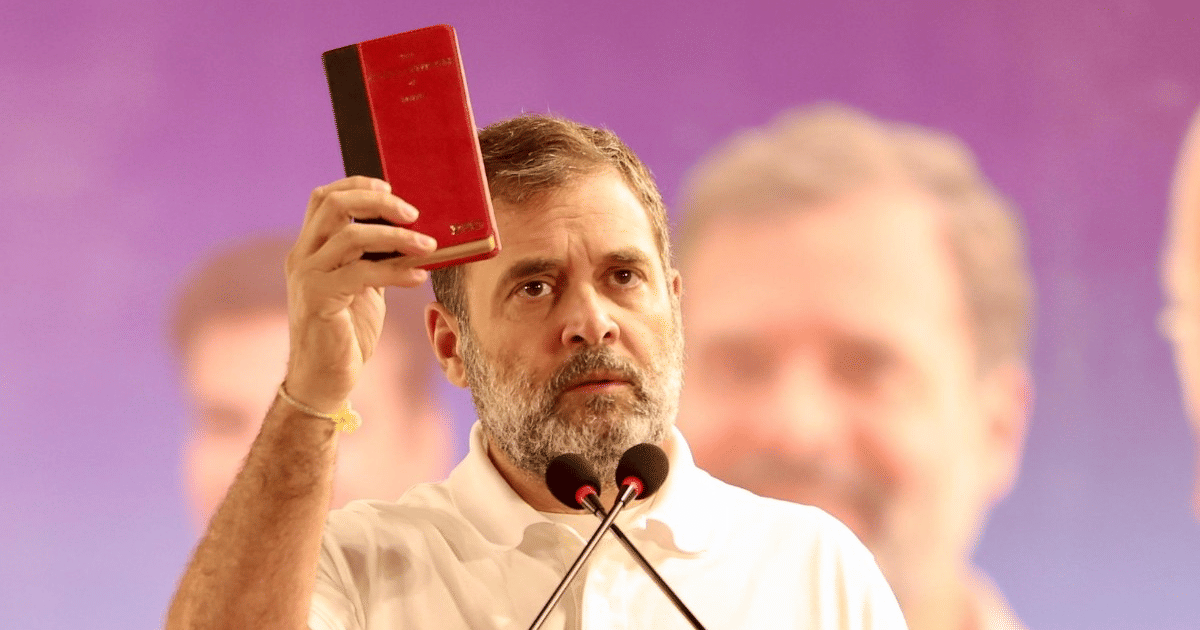 |
|
The upcoming Delhi assembly elections have exposed a significant rift within the INDIA alliance, a coalition of opposition parties aiming to challenge the BJP in the upcoming general elections. The conflict centers around a public and pointed attack by Congress leader Rahul Gandhi against Delhi Chief Minister and Aam Aadmi Party (AAP) national convener Arvind Kejriwal. This clash is particularly noteworthy given that both the Congress and AAP are members of the INDIA alliance and even contested the 2024 Lok Sabha elections together. However, their collaboration seems to have fractured as they now stand as fierce rivals in the Delhi state elections scheduled for February 5th. Gandhi's criticism, delivered during his first rally for the Delhi elections, marked a significant escalation of tensions within the alliance. His accusations focused on Kejriwal's alleged failures in addressing key issues, such as pollution and rising inflation, directly contradicting Kejriwal's previous promises made to the Delhi electorate.
Gandhi's remarks were far from subtle, directly comparing Kejriwal's promises to those of Prime Minister Narendra Modi, implying a pattern of broken promises by both leaders. This comparison adds another layer of complexity to the already strained relationship between the two parties. The attack wasn't limited to the rally; Gandhi further amplified his criticism on social media, ensuring maximum reach and impact. Kejriwal's response was swift and equally pointed, highlighting the contrasting political aims of the two leaders. He framed the conflict as a battle between Gandhi's struggle to preserve the Congress party and his own fight to safeguard the nation. This response subtly criticizes the current state of the Congress party and implies that Kejriwal's focus is on the broader national interest, attempting to portray Gandhi's attack as a partisan maneuver rather than a genuine concern for Delhi's welfare.
Beyond the immediate exchange, the conflict reveals deeper fissures within the INDIA alliance. The dispute highlights the challenges inherent in forging a united front against a powerful ruling party. While the alliance presents a united face in national-level elections, internal differences and competing local ambitions can quickly surface in individual state elections. The Delhi elections serve as a critical test of the alliance's ability to manage internal disagreements and maintain a cohesive image to voters. This conflict also underscores the complexities of inter-party dynamics within a diverse coalition. The conflicting ideologies and priorities of constituent parties can sometimes overshadow the common goal of defeating the ruling party. The clash between Gandhi and Kejriwal raises questions about the alliance's long-term stability and its capacity to effectively govern if it were to win power at the national level.
Furthermore, Gandhi's criticism extended to AAP's perceived inaction on the caste census issue. He used this as another point of contention, highlighting a perceived lack of commitment to social justice on AAP's part. In contrast, Gandhi pledged that a Congress government in Delhi would conduct a caste survey, highlighting a key policy difference between the two parties. He emphasized the historical achievements of the Congress party in Delhi, particularly under the leadership of Sheila Dikshit, positioning the Congress as the only party capable of delivering true progress for the city. This appeal to nostalgia and past achievements is a clear attempt to regain lost ground in the Delhi political landscape, where the Congress party has struggled in recent elections, failing to win a single seat in the previous two cycles. The party aims to capitalize on disillusionment with both the AAP and BJP to regain a political foothold in the capital.
The upcoming Delhi elections will be a crucial indicator of the INDIA alliance's strength and ability to work cohesively, even amidst internal conflicts. The outcome will significantly impact not only the political landscape of Delhi but also the broader national political narrative. The conflict highlights the tension between short-term electoral gains and the long-term goals of building a united opposition. The extent to which this rift affects voter perception and the alliance's overall strategy remains to be seen. The narrative will undoubtedly be closely scrutinized by political analysts and observers, potentially influencing the strategies and dynamics of other state-level elections within the alliance framework. The stakes are high, not only for the participating parties but also for the future of the INDIA alliance and its broader aspirations at the national level.
